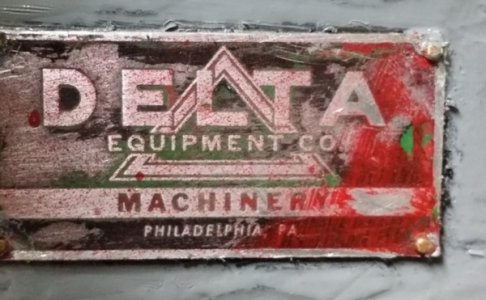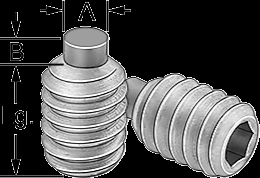- Joined
- Jan 2, 2014
- Messages
- 9,347
Your hammering in high speed sounds like a jack hammer! 
Nice time lapse of the paint stripper.....you can see it crackle/buckle.
I have to agree that that void at the bottom of the knee ways was put there for a reason, I just cannot figure out what that reason was!
Did you do anything with/about it?
Were those all the original lead-screws and nuts that you put back in?
Nice video, thanks for sharing it!
-brino
Nice time lapse of the paint stripper.....you can see it crackle/buckle.
I have to agree that that void at the bottom of the knee ways was put there for a reason, I just cannot figure out what that reason was!
Did you do anything with/about it?
Were those all the original lead-screws and nuts that you put back in?
Nice video, thanks for sharing it!
-brino


